Tossing food in a frying pan is an efficient way to mix and move food around.

Credits: serious eats
How do you flip food in a pan? Tossing food.
In our eyes, there are two ways to do things in life: you can do something well, or you can do it well and with a lot of style! Let’s take the World Cup as an example: You can do something well, like Germany’s technical skills, or you can do it well and with style, like Brazil does—they don’t just play the game, they do it beautifully with many highlights.
We assume none of us aim to do things badly or half-heartedly.
It’s not that one way is automatically better than the other—on any given day, each of these teams has a chance to beat the other. They’re just two different approaches to a task, one purely technical, the other with a bit of style and flair.
Learning to flip and toss food in a sauté pan or frying pan is a similar thing. In most cases, it’s not an essential cooking skill, because there’s always an equally good—but less spectacular—way to do it (like stirring or using your spatula). And honestly, even in skilled hands, tossing food in a frying pan carries the risk of a small mess. It’s like juggling—you can get really good at it, but that doesn’t mean you’ll never drop a ball.
"It’s an incredibly fast and efficient way to mix and work food in the pan, with just a few quick tosses that have the same effect as stirring for a long time."
What can you flip?
Before we get to the how, the first question is what food you should toss. I know many people like to flip pancakes, frittatas, and omelets in the frying pan. Such flips—if done successfully—are quite impressive. But we don’t recommend it. First, it’s way too easy to flip them too hard or too soft, causing them to fall apart into sad, broken piles. Second, because each of these dishes is large compared to the size of the pan, there’s a much higher chance they’ll miss their target completely or partially on the way down (imagine doing flips on a huge trampoline; now imagine doing the same flips on a small trampoline—which would you feel safer on?). Third, even if you flip and land successfully, they hit hard on their wet side, which too often means a big old splattering belly flop.
Instead, we recommend carefully flipping pancakes with a spatula; flipping frittatas on an inverted plate and then sliding them back into the pan; and as for omelets, at least according to classic French technique, they shouldn’t be flipped at all but rolled in the pan while the top is still wet, then carefully turned onto the plate.
So what should you toss in the air? Personally, I like tossing small mixed ingredients when stir-frying and sautéing, so they quickly combine and move through the pan. I also like tossing food like pasta in sauce, and starchy dishes like risotto, although this can sometimes get messier, so try that carefully (and with an apron…).
How do you flip?
The first thing you need to know is that the base must be right: a frying pan with sloped sides. And absolutely not flat like cast iron pans often are. If you want to toss something in the air, it needs a nice sloped ramp upwards, not like a car going full speed into a guardrail…
Let’s use ski jumping as an example: the starting position is like the food in the pan. The food is the ski jumper, the flat sides are the ramp itself.

Credits: serious eats
The first thing the ski jumper must do is rush down towards the ramp. That’s what you must do with the food. But first, it’s always a good idea to stir the food a bit with a spoon, spatula, or tongs to make sure everything slides well in the pan and isn’t stuck (a bit like when the skier slides back and forth a few times before making the jump). Once you’re sure the food is free to jump, give it a downward push towards the far slope of the pan.

Credits: serious eats
Now our ski jump analogy stops, because if we stick to it, you’d shoot the food out of the pan and it would land as far away as possible, and that’s not what we want. Instead, just as the food starts to shoot out of the pan, lift the front of the pan and pull it back a bit to curve the food’s path so it shoots vertically upwards, or—better yet—backwards and a little towards you. This should be a smooth and fluid movement.

Credits: serious eats
With the food in the air and (hopefully) still above the pan, you then need to bring the frying pan up so you can catch all the falling food again.

Credits: serious eats
Do it well and all the food lands where it started, not on the floor. Once you’ve mastered this movement, you can reverse it so the forward motion in this last step of catching the food also functions as the forward (and downward) motion of the next launch.
Are you, by any chance, still looking for good frying pans to flip perfectly with? We’ve picked the best for you!
- The best frying pans, also for induction.
- The best woks, also for induction.
- The best cookware sets, also for induction.
Popular now: beautiful modern black cookware sets. Thanks to their stunning look, they truly look great in any kitchen or dining table, but beware: you shouldn’t just look at them, you’re also allowed to use them! The best choice black cookware sets can be found here.
💡 Note: we love to cook with courage, but safety always comes first. You can read more about this on our disclaimer page.






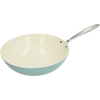


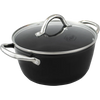

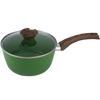
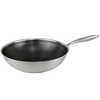
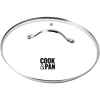

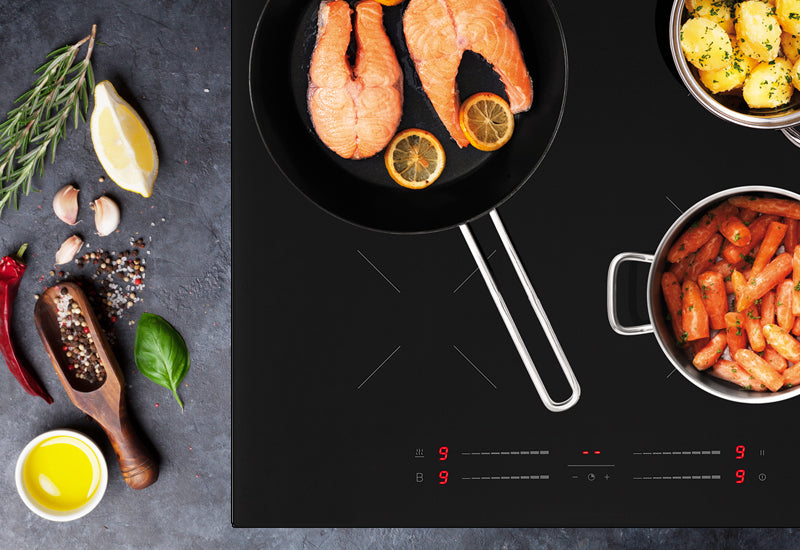


Leave a comment
This site is protected by hCaptcha and the hCaptcha Privacy Policy and Terms of Service apply.